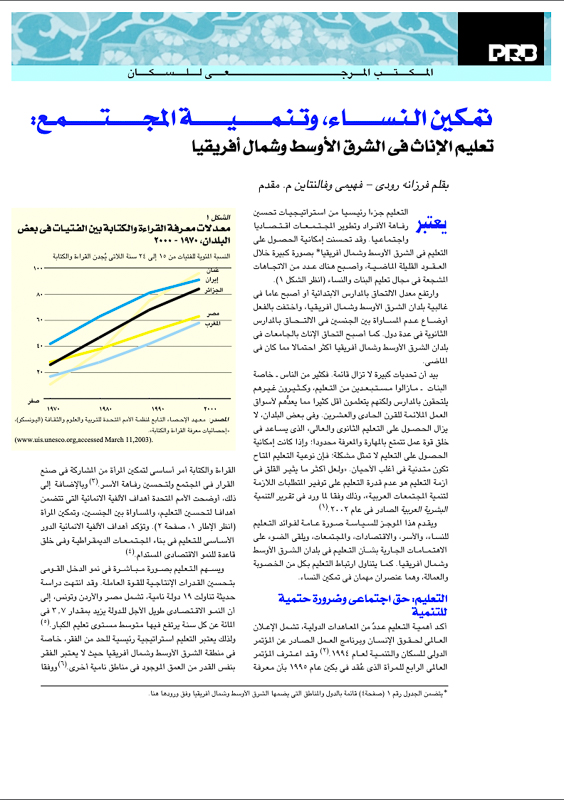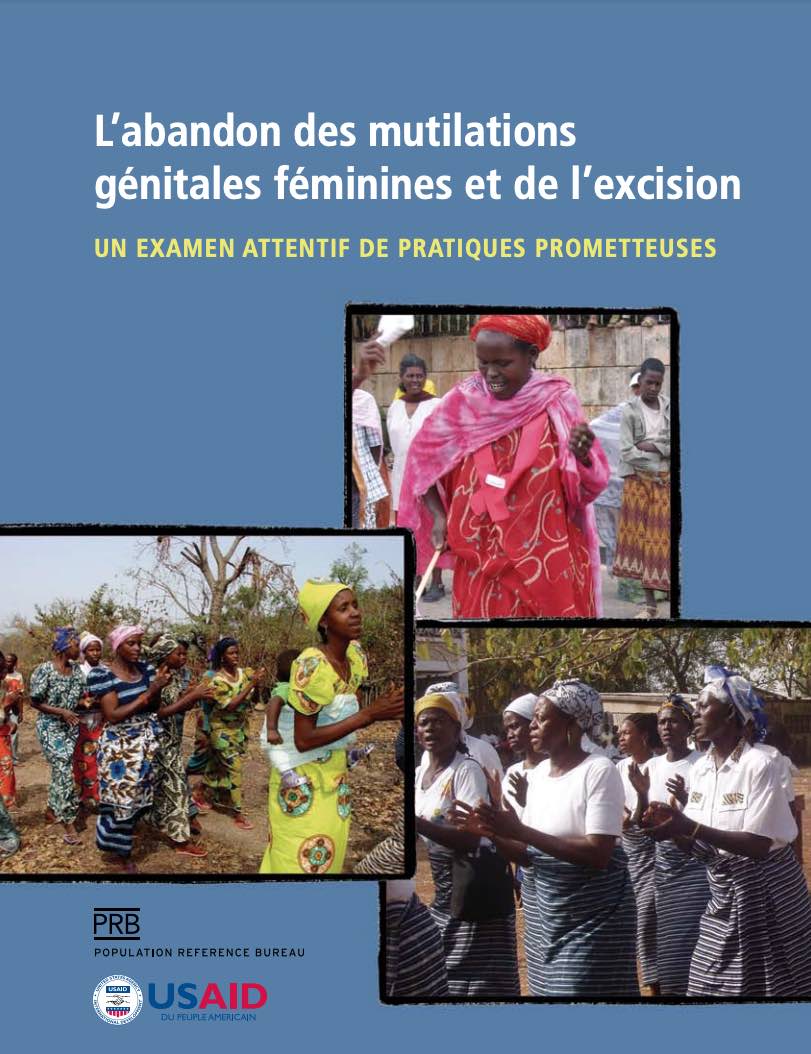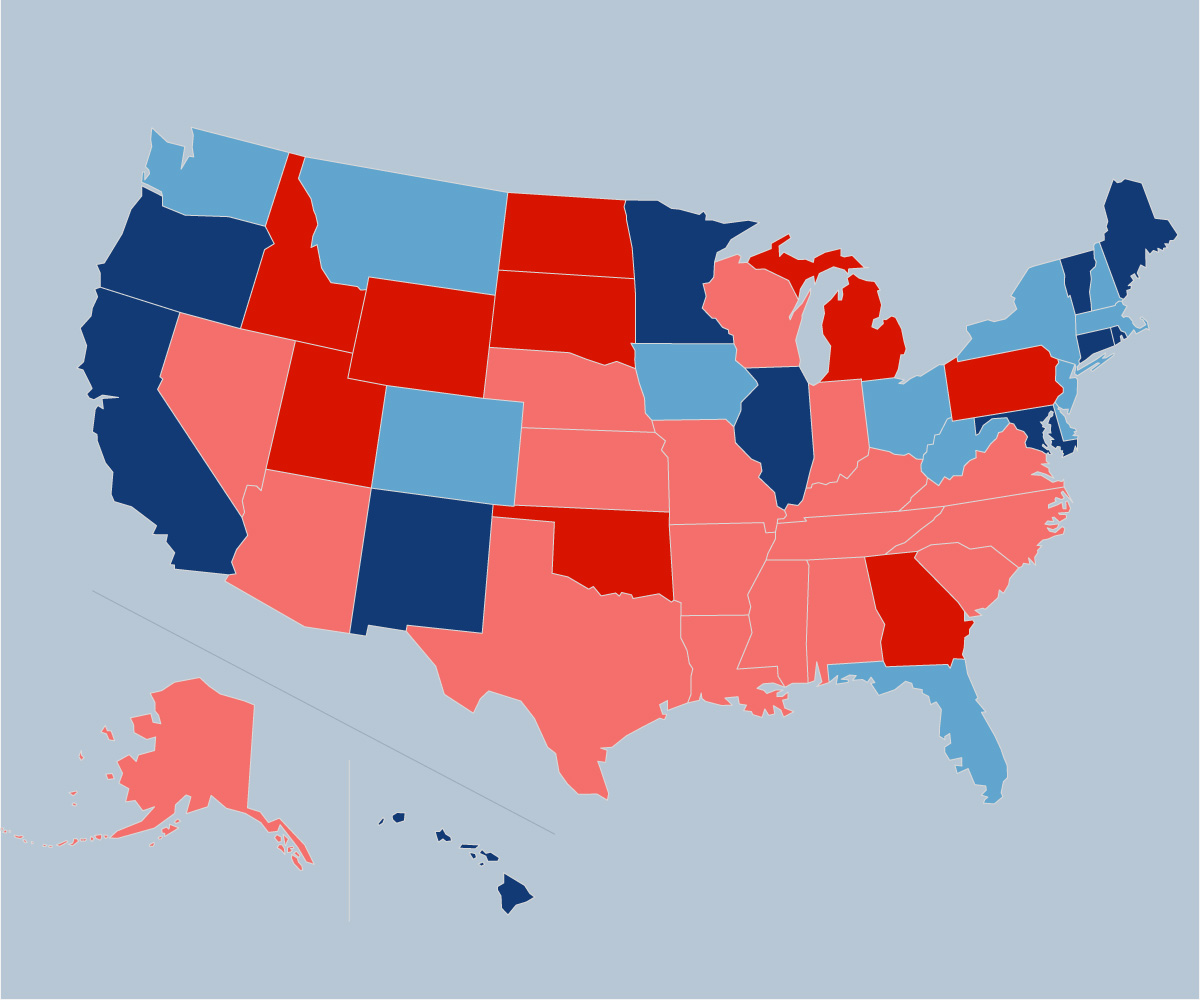534 Search Results Found For : "climate change"
A Demographic Profile of U.S. Workers Around the Clock
(2008) The nature of work continues to change dramatically with the extension of work operations around the clock being one of the most striking alterations.

Report. Empowering Women, Developing Society: Female Education in the Middle East and North Africa (Arabic)
(2003) Education is a key part of strategies to improve individuals' well-being and societies' economic and social development.

Rapport. L’abandon des mutilations génitales féminines et de l’excision : Un examen attentif de pratiques prometteuses

Project: PACE: Policy, Advocacy, and Communication Enhanced for Population and Reproductive Health
Data in New Wallchart Show Female Genital Mutilation/Cutting Declining in Many Countries
Female Genital Mutilation/Cutting: Data and Trends Update 2017, produced with support from the U.S. Agency for International Development, provides the latest data on the practice in 29 developing countries with representative and comparable data—although FGM/C occurs worldwide.

Project: Center for Public Information on Population Research (CPIPR)
Life Expectancy Is Increasingly Tied to a State’s Policy Leanings
Life expectancy is increasingly tied to a state's policy direction, says new analysis of U.S. Mortality Database.
The Faces of Unmet Need for Family Planning
(2012) The widespread adoption of family planning represents one of the most dramatic changes of the 20th century. The growing use of contraception around the world has given couples the ability to choose the number and spacing of their children, which, in turn, has prevented large numbers of unintended pregnancies, reduced the number of abortions, and reduced the incidence of deaths and illnesses related to pregnancy and childbirth.
